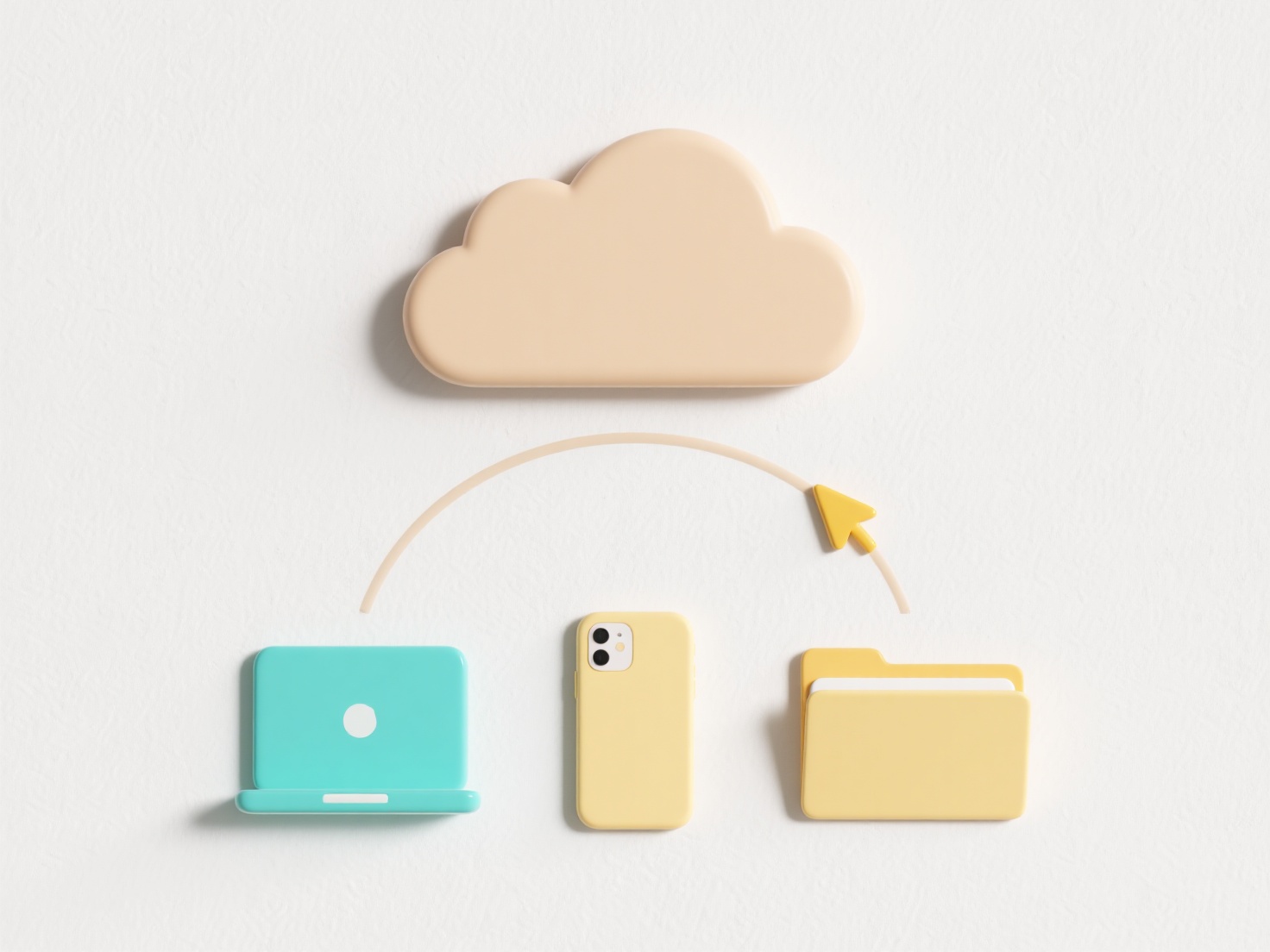
File sharing access depends on the permissions set when sharing the file and the platform used. If you granted "anyone with the link" access when initially sharing, recipients can typically forward that link to others without needing further permissions from you. Conversely, if you restricted sharing to specific people (e.g., via email invitations requiring sign-in), those individuals usually cannot directly grant access to new users without your approval. Permissions often inherit the level set by the original sharer.

For example, if you share a Google Doc via a "View only" link and someone forwards that link, the new person gains the same view-only access. Similarly, if you attach a file to an email and send it, the recipient can usually forward that email, including the attachment, to anyone they choose. These practices occur regularly in collaborative work environments, education, or casual sharing via cloud storage services (Dropbox, OneDrive) or email systems.
The main limitation is the loss of direct control over who eventually sees the file when using broad access links. This raises privacy and security risks, as sensitive information could reach unintended audiences. Accidental leaks or misuse become possible. To mitigate this, restrict sharing to specific individuals whenever possible, use platform features to disable link forwarding if available, monitor sharing activity regularly, and consider adding watermarks or expirations for critical documents.
Can someone forward a shared file without my permission?
File sharing access depends on the permissions set when sharing the file and the platform used. If you granted "anyone with the link" access when initially sharing, recipients can typically forward that link to others without needing further permissions from you. Conversely, if you restricted sharing to specific people (e.g., via email invitations requiring sign-in), those individuals usually cannot directly grant access to new users without your approval. Permissions often inherit the level set by the original sharer.

For example, if you share a Google Doc via a "View only" link and someone forwards that link, the new person gains the same view-only access. Similarly, if you attach a file to an email and send it, the recipient can usually forward that email, including the attachment, to anyone they choose. These practices occur regularly in collaborative work environments, education, or casual sharing via cloud storage services (Dropbox, OneDrive) or email systems.
The main limitation is the loss of direct control over who eventually sees the file when using broad access links. This raises privacy and security risks, as sensitive information could reach unintended audiences. Accidental leaks or misuse become possible. To mitigate this, restrict sharing to specific individuals whenever possible, use platform features to disable link forwarding if available, monitor sharing activity regularly, and consider adding watermarks or expirations for critical documents.
Quick Article Links
How do I protect shared cloud files?
Protecting shared cloud files involves securing documents and data stored in online services like Google Drive or Dropbo...
Can I share files with a QR code?
Sharing files via a QR code is possible, but indirectly. A QR code itself stores a small amount of text data, not large ...
Why can’t Android open a .heic file?
HEIC is a modern image format developed by Apple that uses efficient HEVC compression. Unlike standard JPEGs, it stores ...